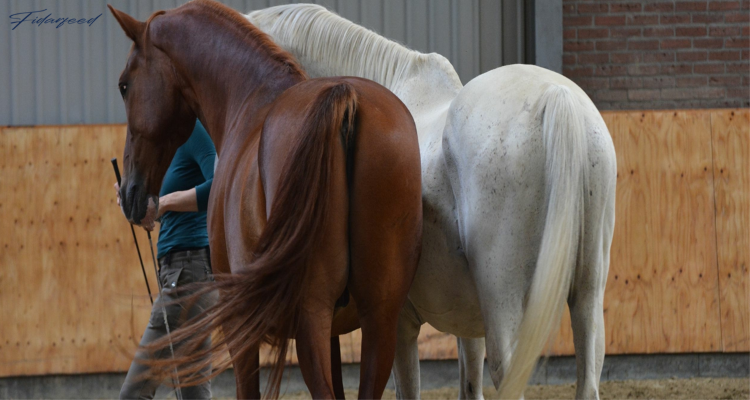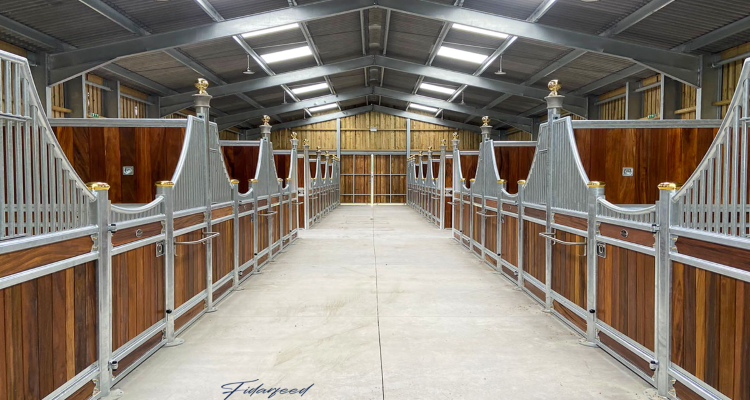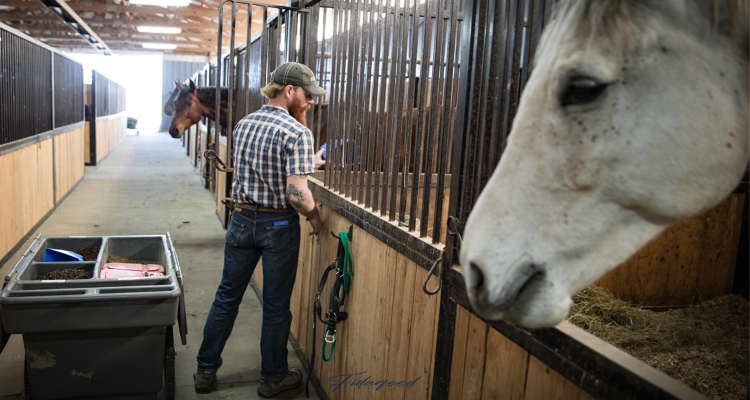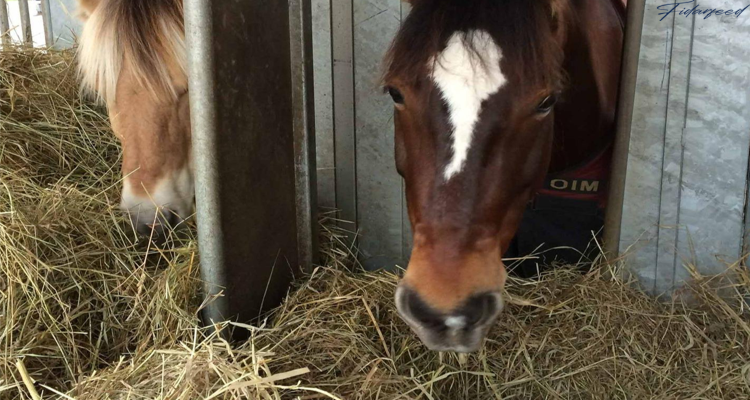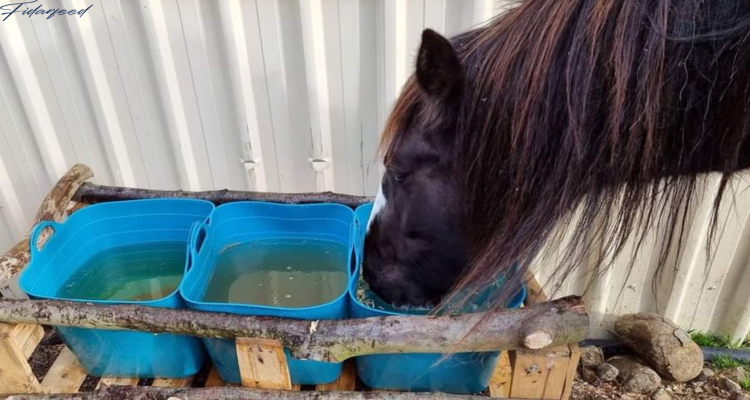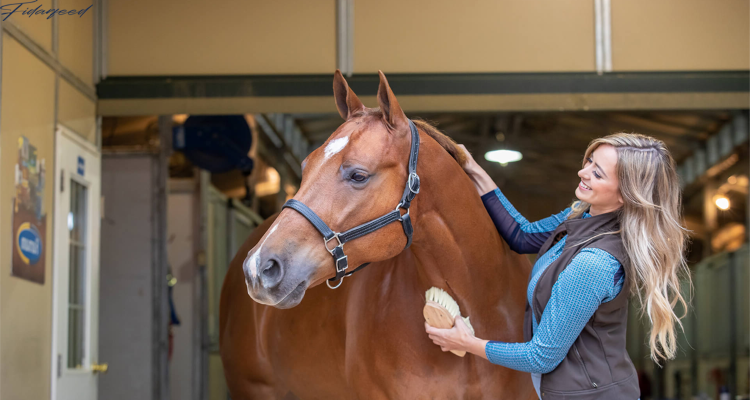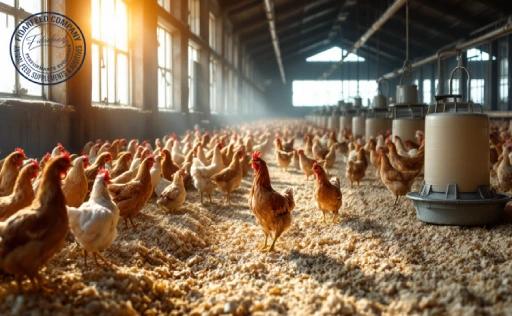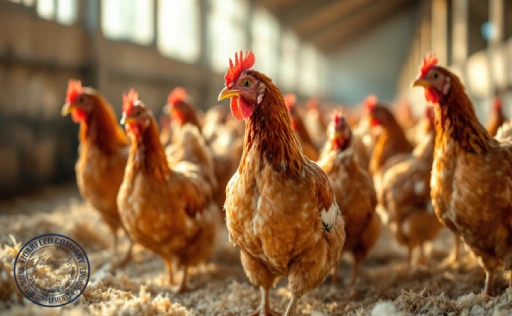Creating the right environment for your horse is about more than just clean stalls and regular feeding. How to Create a Calm and Suitable Environment for Your Horses is a subject that touches every aspect of horse care, from physical comfort to emotional security. Whether you’re an experienced breeder, a new owner, or someone involved in the horse feed and care industry, understanding what your horses need to feel safe and content is key to their health, performance, and overall well-being. In this article, we’ll explore exactly how to create a peaceful, stable, and nurturing atmosphere for your horses—one that reduces stress and supports their full potential. Let’s dive in.
Why a Calm Environment Is Essential for Your Horse’s Health and Behavior
A calm horse is a healthy horse. Just like humans, horses respond to their surroundings emotionally and physically. Chronic stress in horses can lead to a range of health issues: ulcers, suppressed immunity, weight loss, aggressive behavior, or even depression.
Learn more about: Probiotic Supplement for Horses and foals
Scientific studies, including one published in the Journal of Equine Veterinary Science, confirm that high-stress environments negatively affect equine digestion, hormone levels, and even reproductive performance. For breeders, this means fewer successful pregnancies and reduced foal health. For sport or work horses, it results in poor performance and a higher risk of injury.
Creating a calm setting allows the horse to relax, build trust with handlers, and thrive mentally and physically. It’s not a luxury—it’s a foundation of good horse care.
Recognizing Signs of Stress: Is Your Horse Really Comfortable?
Sometimes, stress in horses isn’t obvious. Subtle signs like pacing, excessive pawing, tail swishing, or reduced appetite often go unnoticed, especially by newer breeders. More pronounced behaviors may include cribbing, stall kicking, or unexplained aggression.
A horse that frequently isolates itself, sweats excessively without exertion, or shows resistance during handling may also be telling you something’s wrong. Understanding these cues helps you intervene early—before stress becomes illness.
Learn more about: Holsteiner Horses: Strength and Stamina for Heavy Work
Veterinary behaviorists emphasize regular observation. Spend time quietly watching your horses in their environment. Their body language speaks volumes if you know what to look for.
Stable Design Matters: Creating a Comfortable and Secure Living Space
The stable is your horse’s home. Just like you wouldn’t feel comfortable in a cramped, poorly lit, or noisy room, neither does your horse.
Start with adequate space. A standard horse stall should be at least 3.5 x 3.5 meters. Ensure proper ventilation to prevent respiratory issues while avoiding drafts that cause discomfort.
Use natural lighting when possible. Horses benefit from exposure to daylight, which supports circadian rhythms and overall mood.
Learn more about: Essential Tips to Prevent skin diseases in horses
Also, pay attention to safety: smooth, kick-resistant walls, non-slip flooring, and escape-proof latches. A calm environment begins with the horse feeling secure in its own space.
Turnout Time and Space: Letting Horses Be Horses
Horses are naturally active animals, not meant to be confined for long periods. Lack of movement leads to both mental distress and physical problems like stiffness and colic.
Give your horses daily access to open space. A well-fenced pasture or paddock allows them to move, graze, and socialize—vital activities that mimic natural behaviors.
Research shows that horses turned out for at least 4–6 hours per day show reduced signs of stress, better digestion, and improved hoof and joint health. Even in winter or limited space conditions, rotating turnout times and using dry lots can provide valuable relief from confinement.
Noise, Smell, and Light: Managing Sensory Stressors in the Environment
Horses are highly sensitive animals. Loud machinery, barking dogs, harsh fluorescent lighting, and strong ammonia smells from uncleaned stalls can all contribute to heightened stress.
Reduce noise levels by limiting engine activity around stables and using rubber mats to dampen sound. Install soft lighting with warm tones to reduce eye strain and create a soothing ambiance.
Clean stalls frequently to minimize odors. The smell of urine-soaked bedding is more than unpleasant—it can irritate respiratory tracts and make horses restless.
Learn more about: Best Feed for Young Horses: Nutrition Tips for Healthy Growth and Development
Remember: a calm space engages all senses positively.
The Power of Routine: How Consistency Creates a Calm Horse
Horses love predictability. Establishing consistent routines for feeding, exercise, grooming, and training gives them a sense of security.
Feed your horses at the same times daily, and keep grooming sessions familiar. Try not to change their handlers or environment abruptly. When something does change—like new feed or a new horse entering the barn—introduce it gradually.
Routine builds trust. A horse that knows what to expect is less anxious and more cooperative, whether during feeding, riding, or veterinary checks.
Social Companionship: Why Horses Need Friends Too
Horses are herd animals. Isolation can lead to loneliness, depression, and stereotypic behaviors like weaving or stall walking.
If you can’t keep multiple horses, consider visual or physical contact with neighbors through open stall windows or shared turnout. Some breeders successfully use companionship animals, like donkeys or goats, to help calm solitary horses.
Learn more about: Choosing the Right Horse Breed for Breeding: A Comprehensive Guide
Introducing new horses? Do it gradually over a fence first, then supervised time together. Social interaction not only supports emotional health—it also encourages more natural movement and communication.
Choosing the Right Bedding and Flooring for Comfort and Cleanliness
Uncomfortable flooring can lead to joint pain, hoof problems, and restlessness. Combine non-slip, shock-absorbing flooring (like rubber mats) with deep bedding made from straw, wood shavings, or pelleted sawdust.
Each material has pros and cons:
-
Straw is affordable and natural but less absorbent.
-
Shavings are cleaner and softer but require more frequent changing.
-
Pellets are super absorbent and control odor well.
Learn more about: The Hidden Stress in Horses: How Human Actions Affect Welfare
Whichever you choose, keep it clean and dry. A comfortable surface encourages horses to lie down, which is essential for proper rest and recovery.
Human Interaction: How Your Behavior Affects Your Horse’s Emotions
Your horse reads your energy, posture, tone, and even your breathing. If you’re tense, rushed, or inconsistent, your horse will mirror that stress.
Handle horses with confidence and patience. Use soft tones, slow movements, and consistent cues. Avoid yelling, jerky handling, or punishing responses. Instead, rely on reward-based methods to build trust.
Learn more about: The Ultimate Guide: How to Treat Gingivitis in Horses and Prevent Recurrence
Grooming and hand-walking are excellent bonding activities. A calm human presence helps horses feel safe and grounded—especially during new or stressful situations.
Final Thoughts: Building a Peaceful and Productive Environment for Every Horse
Creating a calm and suitable environment for your horses is not a one-time project—it’s a daily commitment. But the rewards are undeniable: healthier horses, fewer injuries, better performance, and stronger human-animal relationships.
Start with the basics—space, cleanliness, routine, and kindness—and build from there. Your efforts will show in your horse’s relaxed eyes, steady temperament, and vibrant health.
We hope this guide offered practical insights and useful takeaways. Whether you’re upgrading your stable, evaluating your current setup, or planning for new arrivals, remember that small changes make a big difference.
We’d love to hear from you. Share your thoughts, ask questions, or tell us about the strategies you’ve used to keep your horses calm and happy. Your experience can help others in our growing community of breeders and caretakers.

